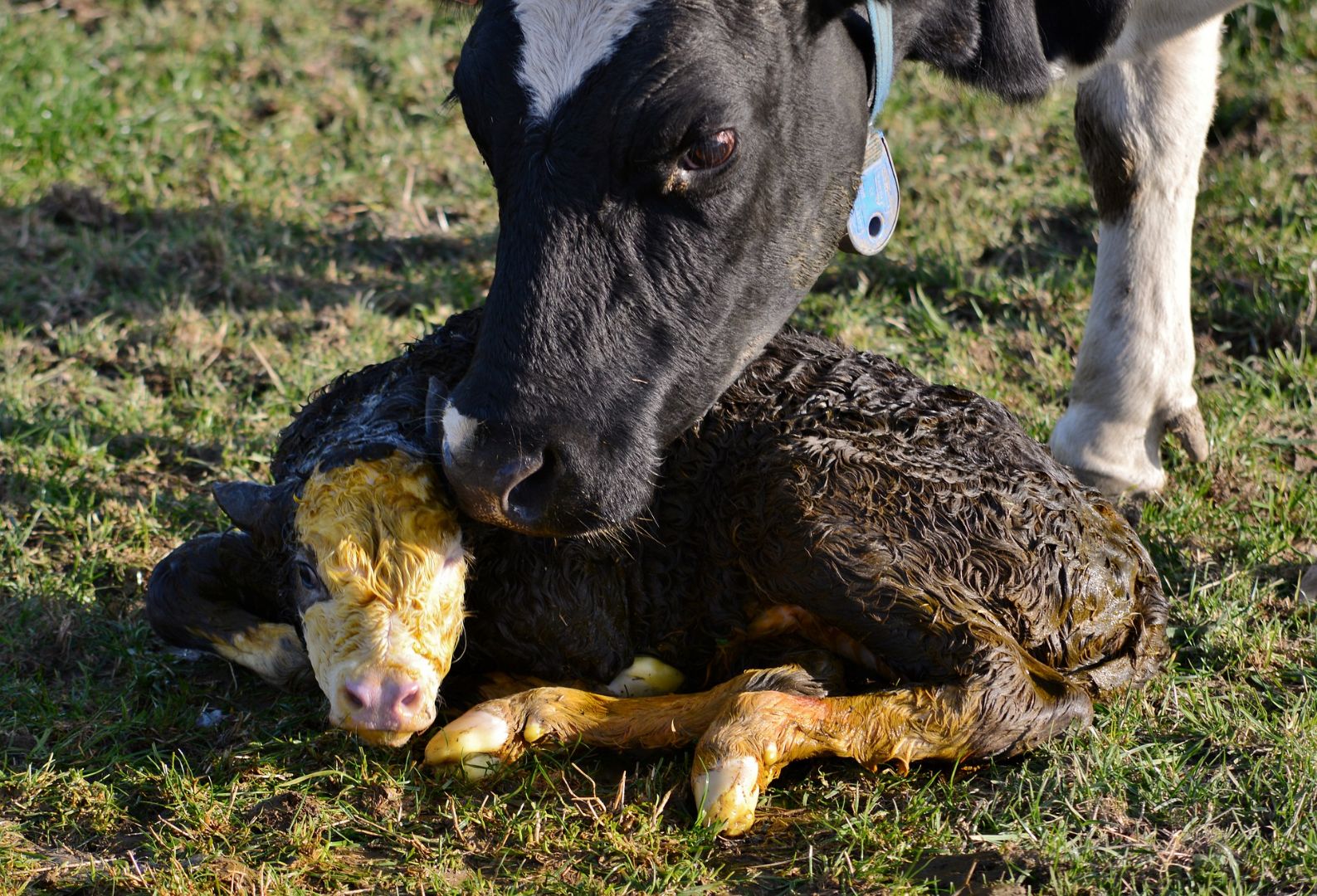
The first National Youngstock Conference took place at Harper Adams University on July 27th, 2022. Acknowledging that there has been no regular industry event on calf rearing and youngstock management, despite its vital importance to many livestock enterprises, the event was marketed towards anyone who rears calves and/or youngstock whether dairy heifer replacements and/or beef calves. Thus, the sessions were focused on practical on-farm management – colostrum, feeding, disease and pain management, genomics and breeding, housing and hygiene, performance monitoring, and concluding with the role of youngstock in sustainable farming. However, whilst I was there, I saw a range of delegates – in addition to active farmers and calf rearers – there were researchers, veterinarians, feed and pharmaceutical company representatives, AHDB, etc., so was an opportunity missed by focusing on on-farm actions rather than those that the wider industry should take?
It struck me that despite the engaging speakers and informative content of the presentations, a large proportion of these seminars were still repeating messages that were prominent 5+ years ago when I was studying for my PhD. I interviewed calf rearers and farmers, as well as advisors (including vets, government advisors, feed and pharmaceutical reps) about calf rearing – what worked well and what challenges they experienced. According to this sample, knowledge about rearing calves and youngstock was less of an issue than how we inspire and enable action on farms. In other words – we know calves and their performance are important, we know that to achieve their potential young animals need to be fed colostrum, proper nutrition, housed properly and kept healthy – but achieving these things in practice is difficult. It is not only individual calf rearers and farm businesses with a role to play in unlocking the full potential of calves and youngstock.
Ultimately, a culture shift is needed which requires changes throughout the industry, not just at the farm level to foster action toward improved calf wellbeing, and for the status of calves to be raised in line with their vital importance for the future dairy herd.
Here, I outline three areas that I think need further consideration:
- Does the calf feed industry require stricter independent regulation, and what should this entail? As reported in my PhD paper about feeding practices, participants expressed concerns about widespread underfeeding of calves and general uncertainty about preparing calves for weaning. Although a range of factors may contribute to this, of particular concern was that recommended feeding rates for some calf milk replacers fail to meet calf nutritional requirements and would not support growth rates which are compatible with industry targets for average growth rates of 0.75kg/day to achieve an age at first calving of 24 months. How can farmers and calf rearers be expected to feed calves properly when some products on the market (and/or instructions for their use) are, arguably, not fit for purpose?
- How to shift from a reactive calf treatment model to more preventive calf health approaches? Many of the farmers I spoke to did not involve the vet in calf management decisions, unless in response to a specific disease issue in an individual or group of animals. Other research also suggests that veterinary involvement in calf health is less proactive than for adult cattle. Veterinary practices vary in the calf services they offer, but most approaches appear to be dependent upon a passionate person – calf rearer, farmer, vet tech or vet – to encourage a specific focus on calves, and without this individual, calf management on farms may continue to be overlooked until a problem occurs. Is there a way we could embed calf management as a standard component of preventive herd health management, without the need for someone driving that specific focus?
- What can we do better to deliver practical, tailored and actionable suggestions, and support calf rearers, farmers and farm businesses through the process? Good advice doesn’t necessarily motivate farmers to act. As I concluded in my final PhD paper, improved technical structures (e.g. to make calf performance monitoring easier, affordable and integrated with adult monitoring systems and allow longitudinal insights) and support structures (e.g. more focus on teamwork including advisors, farm staff and peers) are needed. This is especially important as calf infrastructure compete with other areas of the farm for limited resources and their importance might be underestimated and poorly prioritised. IfA would recommend support structures such as the Farm Health Team approach which encourages collaboration between all relevant farm staff and external advisors, or a Calf Action Group model where a peer group contribute to the development of tailored action plans for each farm’s calf management. However, these types of approaches are time and resource heavy – how can we fund and promote more mainstream use of them??
Get Involved
What are your thoughts about my observations?
IfA are setting up a ‘Calf Action Network’ – a multi-stakeholder group to discuss and make recommendations for what needs to happen in the industry beyond the actions of individual calf rearers/farmers/farms to promote the health and wellbeing of calves and youngstock across the beef and dairy sectors. If you are interested in finding out more about this group and potentially getting involved, please contact laurap@i4agri.org.
Blog written by Laura Palczynski, IfA Livestock Project Manager





